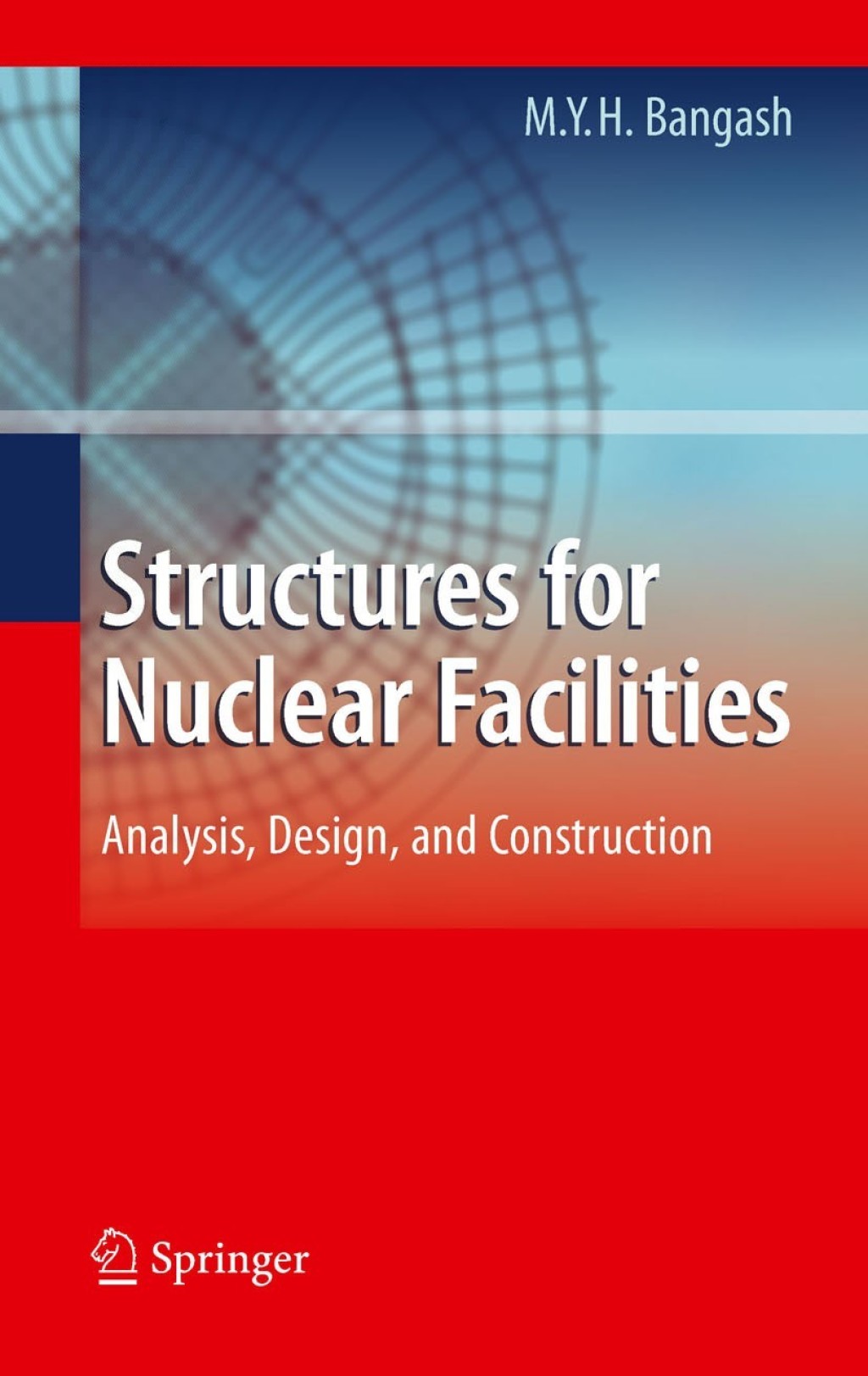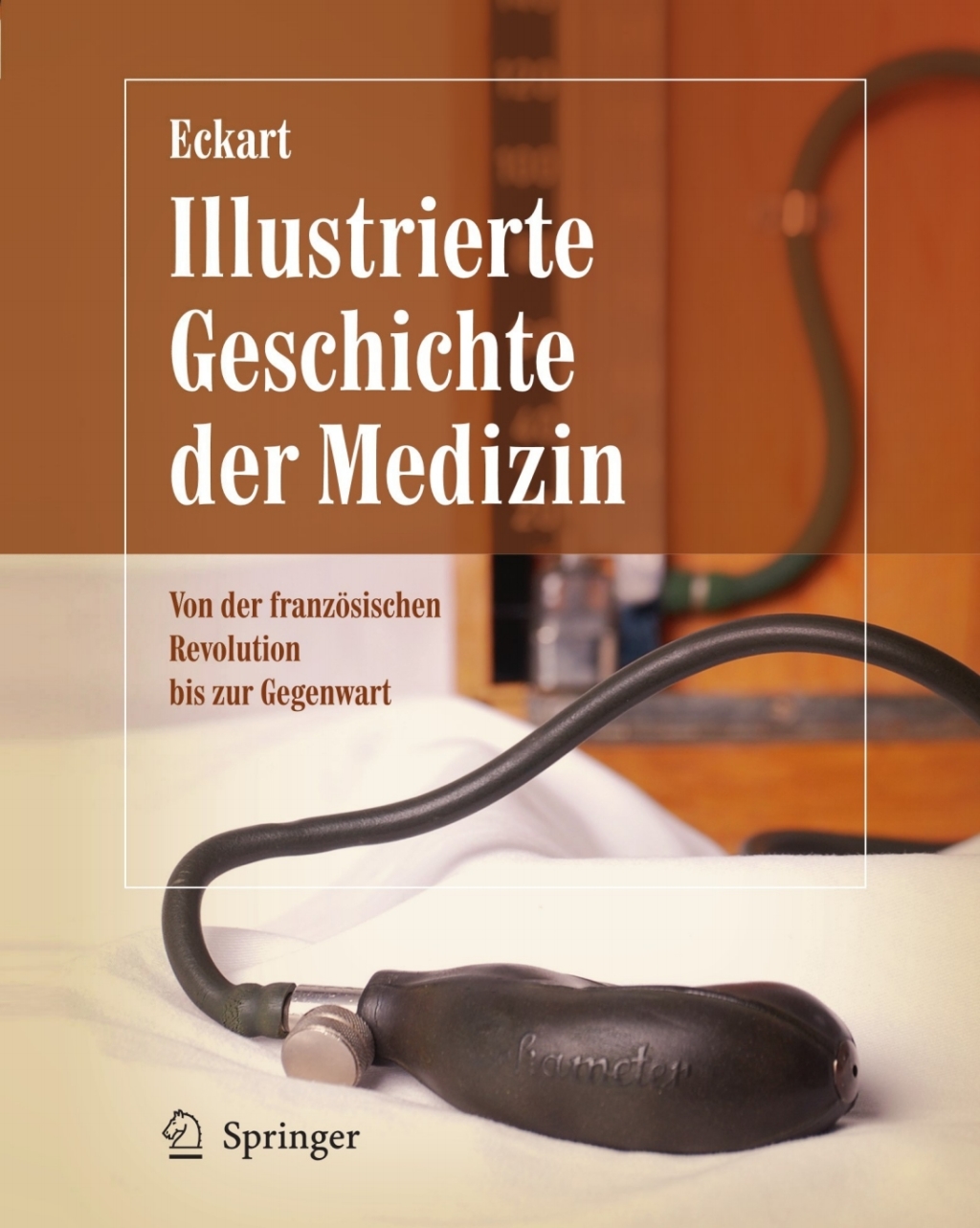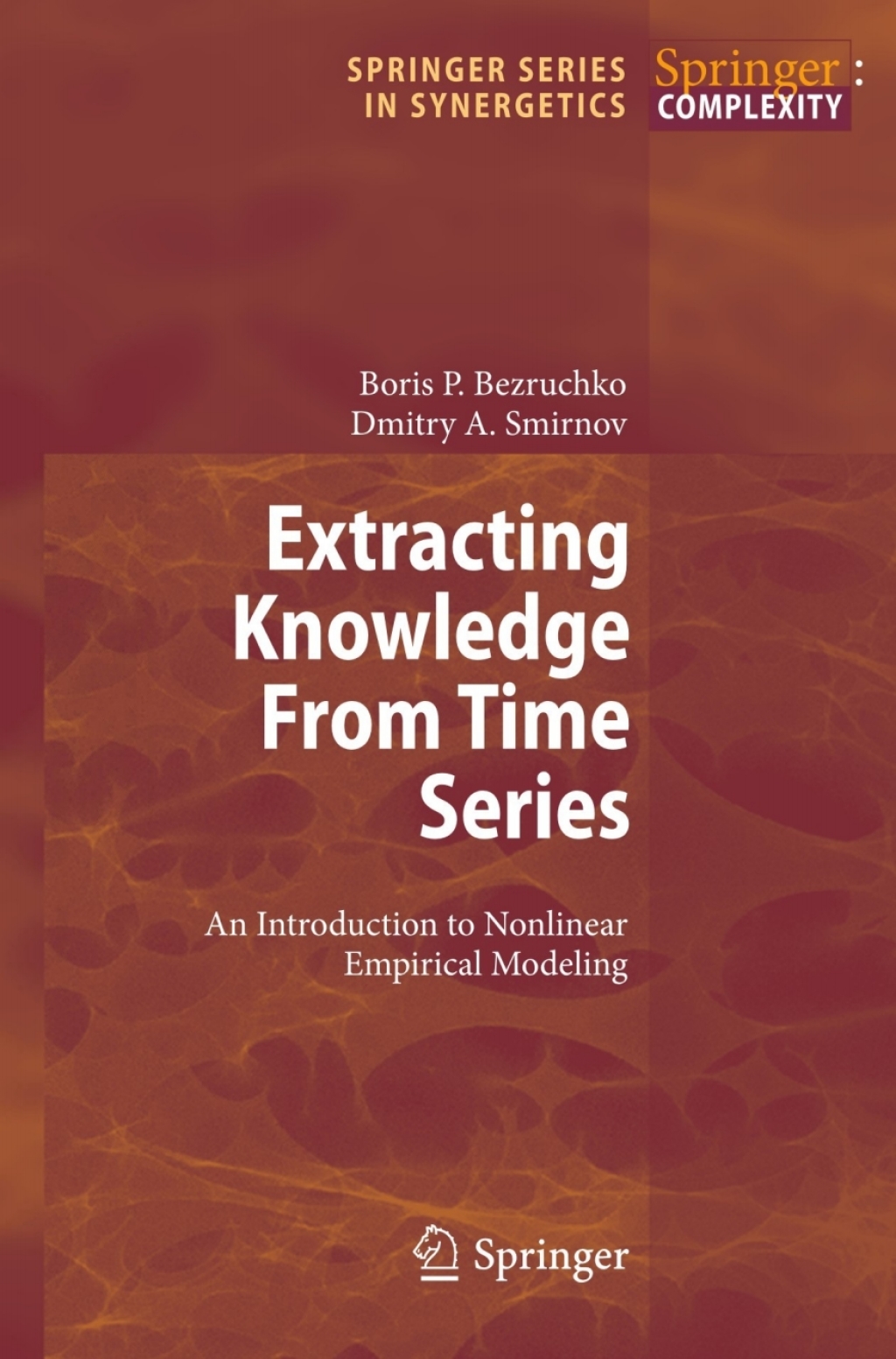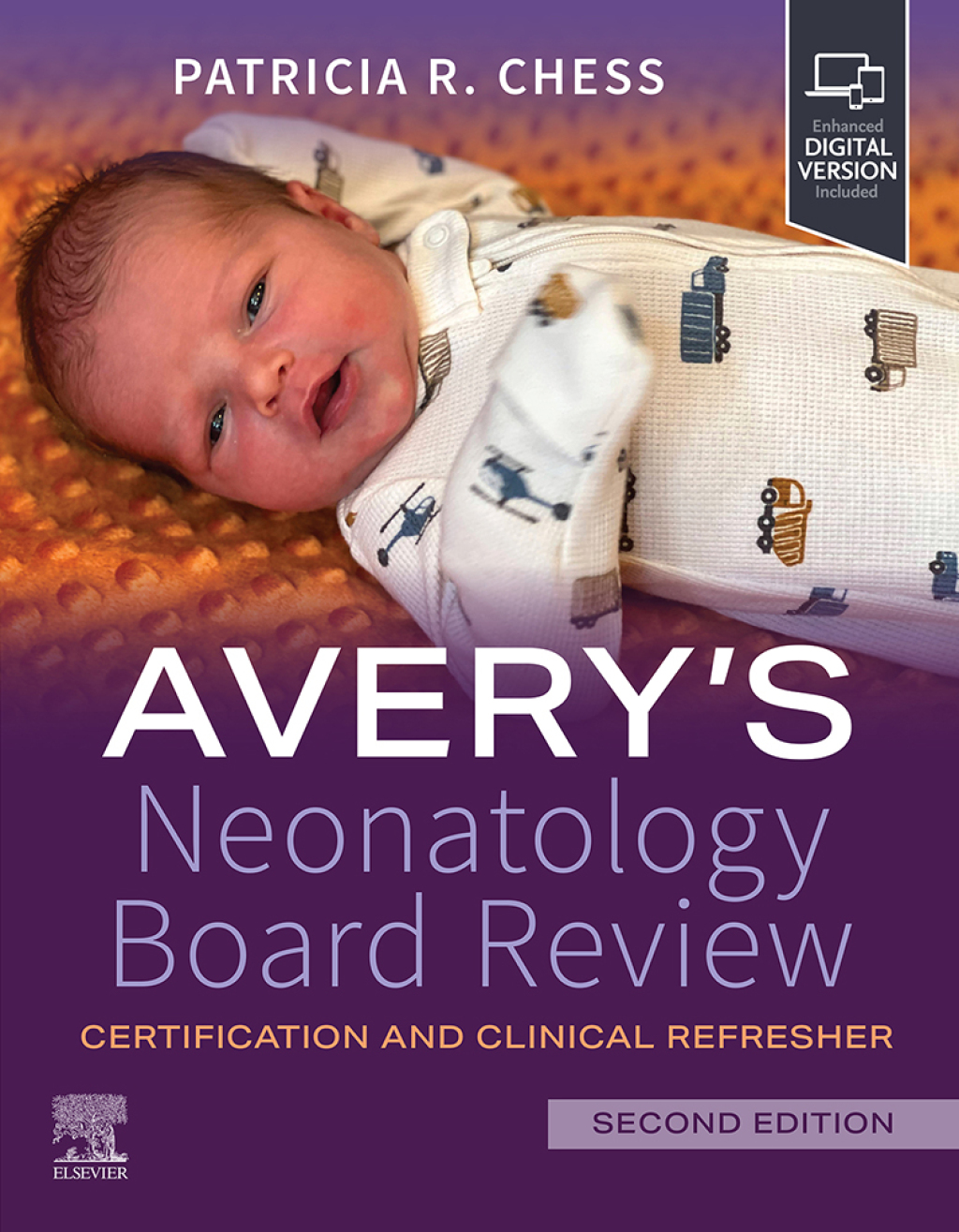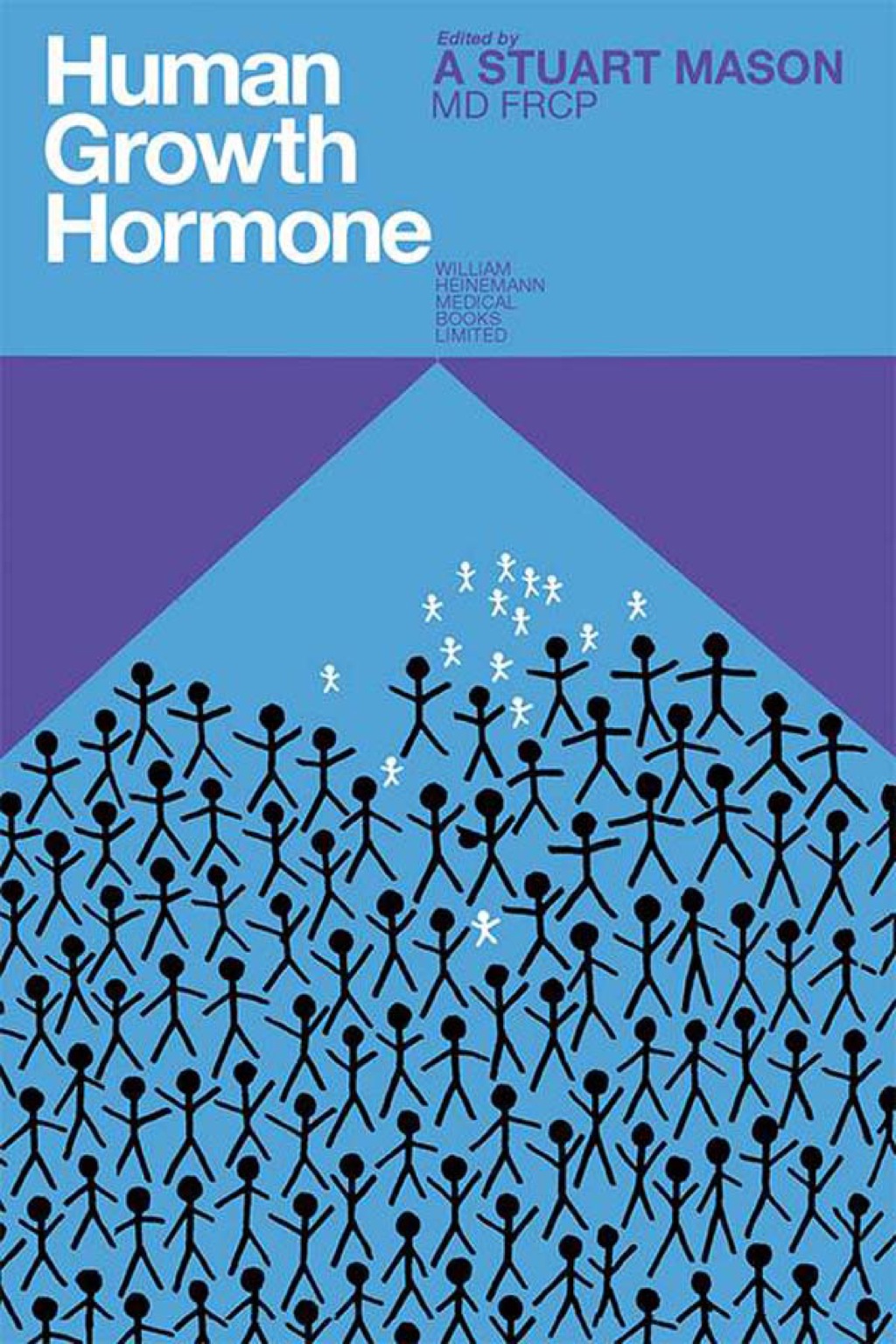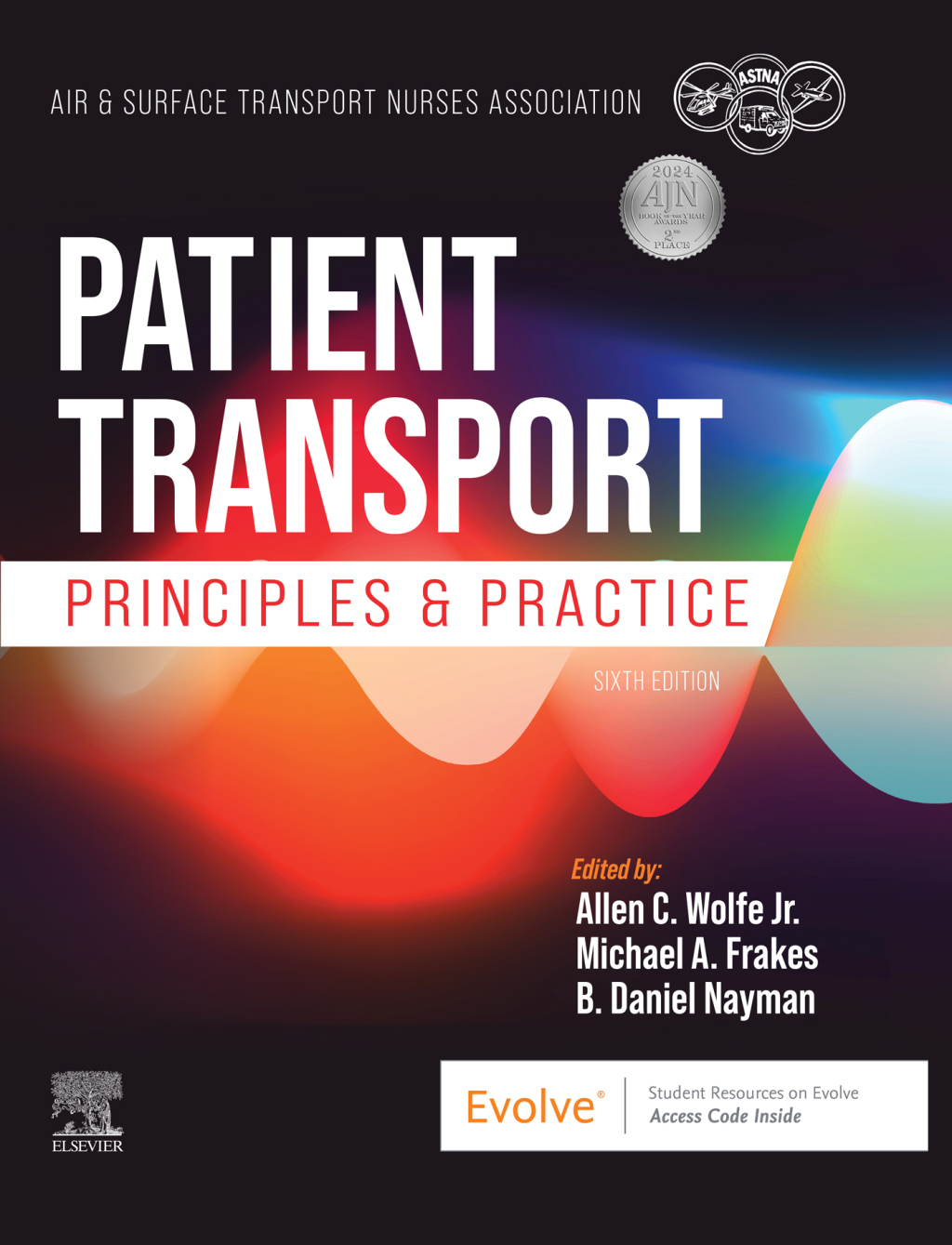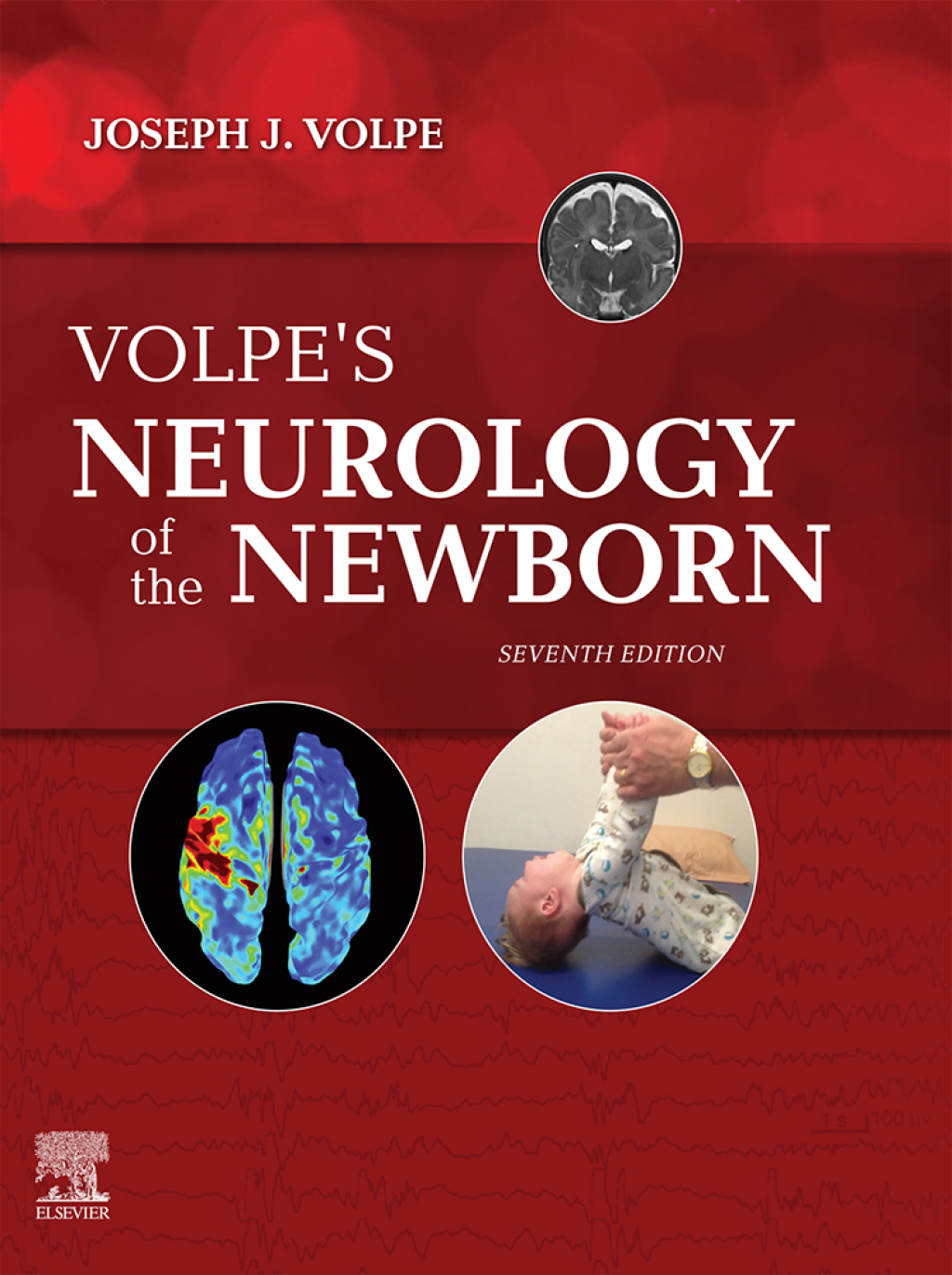Mathematical modelling is ubiquitous. Almost every book in exact science touches on mathematical models of a certain class of phenomena, on more or less speci?c approaches to construction and investigation of models, on their applications, etc. As many textbooks with similar titles, Part I of our book is devoted to general qu- tions of modelling. Part II re?ects our professional interests as physicists who spent much time to investigations in the ?eld of non-linear dynamics and mathematical modelling from discrete sequences of experimental measurements (time series). The latter direction of research is known for a long time as “system identi?cation†in the framework of mathematical statistics and automatic control theory. It has its roots in the problem of approximating experimental data points on a plane with a smooth curve. Currently, researchers aim at the description of complex behaviour (irregular, chaotic, non-stationary and noise-corrupted signals which are typical of real-world objects and phenomena) with relatively simple non-linear differential or difference model equations rather than with cumbersome explicit functions of time. In the second half of the twentieth century, it has become clear that such equations of a s- ?ciently low order can exhibit non-trivial solutions that promise suf?ciently simple modelling of complex processes; according to the concepts of non-linear dynamics, chaotic regimes can be demonstrated already by a third-order non-linear ordinary differential equation, while complex behaviour in a linear model can be induced either by random in?uence (noise) or by a very high order of equations.
“Volpe’s Neurology of the Newborn 7th Edition” has been added to your cart. View cart
Extracting Knowledge From Time Series An Introduction to Nonlinear Empirical Modeling
Author(s): Boris P. Bezruchko; Dmitry A. Smirnov
Publisher: Springer
ISBN: 9783642126000
Edition:
$39,99
Delivery: This can be downloaded Immediately after purchasing.
Version: Only PDF Version.
Compatible Devices: Can be read on any device (Kindle, NOOK, Android/IOS devices, Windows, MAC)
Quality: High Quality. No missing contents. Printable
Recommended Software: Check here

